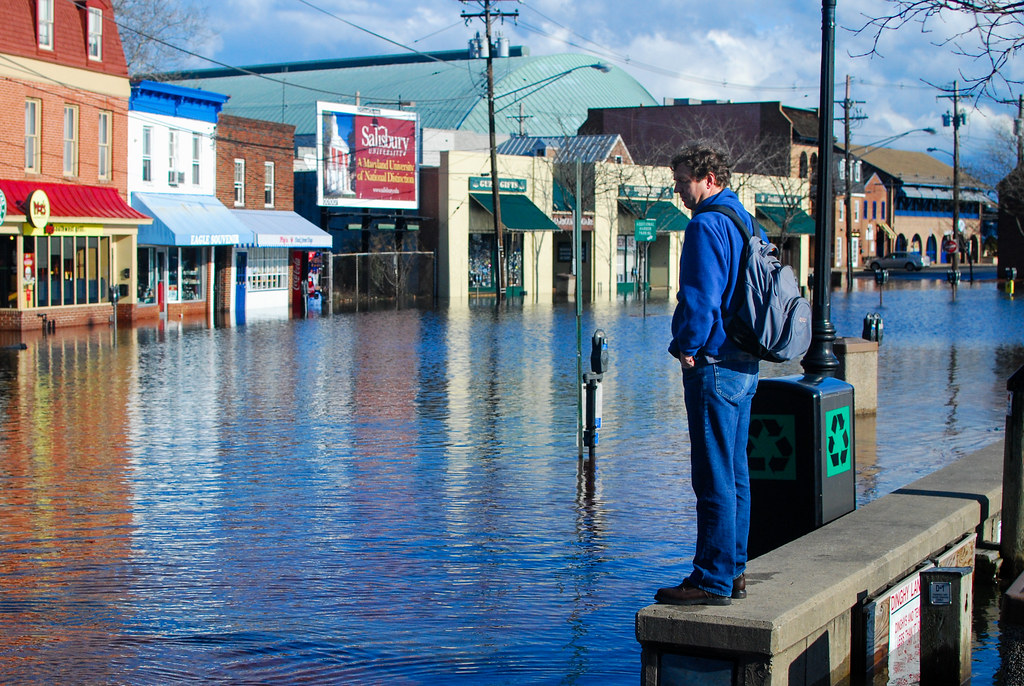Since 2015, the United Nations (UN) Sustainable Development Goals (SDGs) have served as a framework for a holistic approach to development that recognizes the need to incorporate non-economic measures of growth and human wellbeing. The SDG guidelines are a bold attempt to accomplish some of the most comprehensive global goals ever proclaimed — ending poverty, protecting the planet, and ensuring that all people enjoy peace and prosperity.
In comparison to its predecessor, the Millennium Development Goals, which established eight preliminary international development goals in 2015, the SDGs took the next step by calling all countries into action and providing a tangible guide to our daily lives, setting reference points to advise us what to do in all of our roles — as consumers, producers, members of civil society, businesses, and policymakers. However, with the exception of SDG 14 (Life Below Water) and SDG 15 (Life on Land), the majority of the seventeen SDGs lack one key aspect: weaving both animal welfare and conservation into the development of each goal. Though this expectation may seem unrealistic at first, all living things are connected — humanity is undeniably linked with our fellow species. Despite broader trends toward urbanization and detachment from the natural world, the relationship among humans, animals, and nature remains as critical as ever. And the achievement of sustainable development cannot be fully realized without taking animals and our shared ecosystems into full consideration.
IFAW, the International Fund for Animal Welfare, alongside many conservationists and scientists around the world, recognizes that animals and their habitats possess intrinsic value above and beyond that which can be defined by conventional economics. From supporting communities through ecotourism to anchoring key ecosystem services such as pest control and pollination, animals are indeed critical to human wellbeing. Conservation-led efforts are intricately intertwined with human development and economic growth, and thus, a world of peaceful species coexistence cannot be fulfilled unless human development, wildlife conservation, and animal welfare agendas overlap.
Often the many values of animals are either completely ignored or considered an afterthought to human-focused development concerns. In order to achieve sustainable human development that works for both people and our planet, intergovernmental development initiatives — including the SDGs — must recognize the relevance of animal issues to their mission. While few of the goals directly reference animals, ecosystems, or the natural world, most of the goals directly rely on or draw upon animal welfare as well as wildlife conservation. As we continue to rely on the services provided by healthy natural systems (which necessarily include animals since they affect critical issues such as food security, employment, public health, and climate mitigation), the critical relationship between humans and nature remains fundamental.
Let us consider a few examples. Healthy and well cared-for animals as well as ecosystems support both the agricultural and natural processes that promote food security and mitigate global hunger. Seventy-five percent of global crop species rely on animal pollination to reproduce. The global loss of pollinators thus severely hampers agricultural production, proving that conservation-led initiatives are an essential component to contributing to meeting several targets in SDG 2 (Zero Hunger). Hence, understanding the role of animals in agriculture, as well as improving animal welfare and conserving wildlife, are critical to efforts to reduce global hunger. Another example is the impact of wildlife species on the natural infrastructure of all ecosystems they inhabit, particularly in the case of water resources. For instance, beavers create wetlands in an otherwise dry forest by building dams and felling trees. The wetlands recharge groundwater aquifers and provide nutrients to plants that filter and store freshwater. These ecosystem services support a major source of freshwater, and play a fundamental role in ensuring water security. In India, for example, one third of the water supply comes from floodplain recharge. These wetlands are also effective storm water management systems because they naturally curb flooding and pollution runoff, increasing resilience to natural disasters. Beavers — and other wildlife — can act as “seeds” that germinate into better access to clean water and other key ecosystem services for the broader community.
Animal welfare also helps support long-term human health, which is integral to both the physical and psychological health of communities. Research not only demonstrates the positive effects of pet ownership on chronic illness recovery and prevention but evidence also suggests pets can be extremely beneficial in treating mental illnesses.
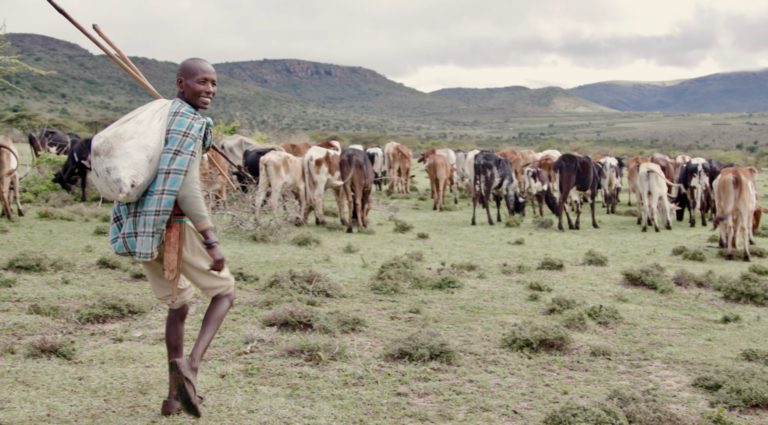
It is no surprise that animals support the livelihoods of many of the world’s poorest people. More than 650 million people (many of the poorest on the planet) rely entirely on animals for subsistence, and animals often represent the single biggest store of wealth they own. Animal welfare measures not only ensure that working animals are treated humanely, they also create more value for the poor and surrounding communities who rely on them. For example, donkeys that are used in the brick industry in south Asia have a life expectancy of eighteen months when they are not well cared for, but when simple animal welfare practices are introduced, they can support the business for up to eight years before being sold as a healthy animal. This is important for the people and important to create the best life possible for the animals involved.
Editor’s Picks — Related Articles:
 “Are Pigs the Canaries in the Coalmine for Human Epidemics?”
“Are Pigs the Canaries in the Coalmine for Human Epidemics?”
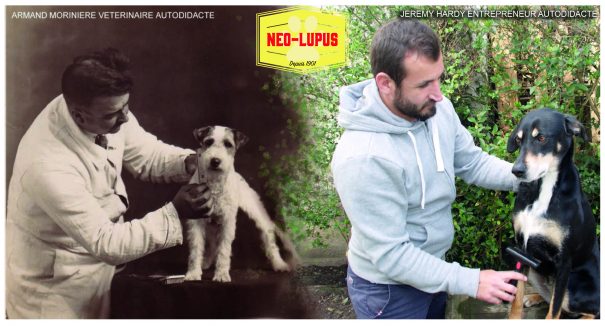 “Neo-Lupus: Heritage and History in Animal Care”
“Neo-Lupus: Heritage and History in Animal Care”
In addition to affecting a range of areas of development, animal wellbeing and conservation efforts are critical to a broad swath of international tourism. Wildlife tourism drives the revitalization of urban areas that were once in decline. For example, Iceland — a country that once profited extensively from commercial whaling — has proven time and again that whale watching is far more lucrative than the consumption of whale meat. Its capital, Reykjavik, is a vibrant city with abundant restaurants, green spaces, and cultural centers to accommodate the flood of tourists passing through the harbor to go whale watching. Therefore, finding ways to coexist alongside the animals that draw tourists to nearby cities naturally has a positive effect on the cities themselves. It is clear that no city or community exists without animals, both wild and domestic. In order to ensure that those cities and communities are sustainable, it is imperative that both the benefits and drawbacks of animal populations in and around such areas are fully addressed. Through tourism, agriculture, and other industries, animals naturally form the backbone of economic growth and livelihoods in many communities.
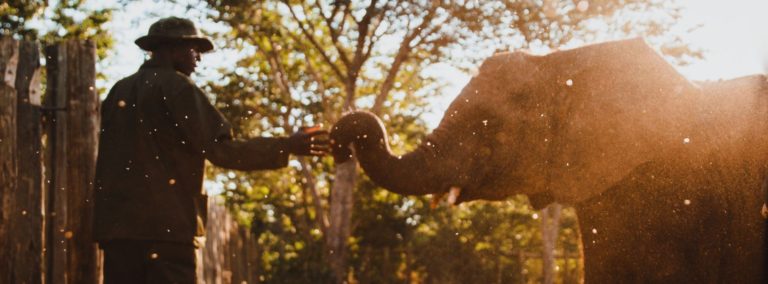
All these examples demonstrate the importance of the role animals play in human wellbeing. From directly tangible and immediate benefits to subtle benefits realized over the passage of time, humanity continues to rely on animals and it is imperative that animal welfare and wildlife conservation are incorporated in any effective development project.
It is equally important that we realize the cascading consequences within ecosystems when wildlife populations are threatened. Such a turn of events can make humans far more vulnerable to the dangers of climate change or catastrophic spread of zoonotic disease. Since wildlife plays a critical role in maintaining a healthy environment, the rapid decline of biodiversity has severe ecological consequences. As wildlife populations decline, all ecosystems become less resilient and are more at risk. Without resilient ecosystems, all agriculture, water management systems, and industries such as wildlife-based tourism are left significantly more vulnerable. For these reasons, among others, incorporating animals and their habitats into development planning is fundamental.
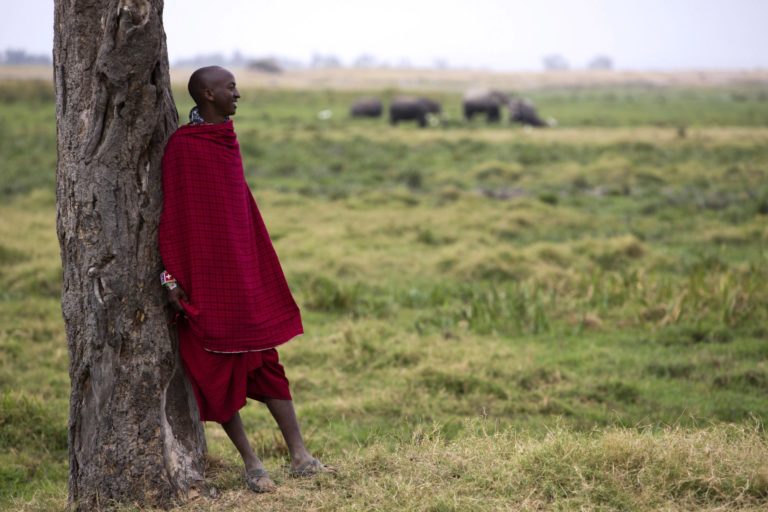
As the world faces increasingly complex global challenges, our relationship to the natural world is more important than ever. Animals, both domestic and wild, contribute significantly to sustainable human development and their welfare supports human wellbeing in all its forms. As a link between people and the environment, animals play a key role in achieving a sustainable future. Humanity’s historic reliance on animals has not ended — it has only evolved and in many cases, gotten stronger. It is time to recognize and accept that as a society, the SDGs cannot be fully achieved without explicitly weaving animal welfare and conservation into our strategies. Failure to do so not only ignores the intrinsic value of animals, but also endangers the prospect of a healthy future for coming generations. In practice, this means that animals must be integrated into all stages of relevant human projects, from planning to evaluation. In order to address the global, interconnected nature of animal and human wellbeing, these efforts should address all levels of policy and practice — international, national, and local.
When animals and their habitats are healthy and cared for, every one of us benefits.
Deepening awareness among all stakeholders, from policymakers to local communities, and ensuring that they understand the true value of protecting wildlife and ecosystems is also vital. Doing so reveals that animals are invaluable to the long-term success and sustainability of the SDG project. Conservation is about more than animals and landscapes; it is also about taking care of our ecosystems in order to improve people’s livelihoods and to foster community wellbeing. In that, conservation is the ultimate insurance policy against individual and large-scale disasters. When animals and their habitats are healthy and cared for, every one of us benefits.







